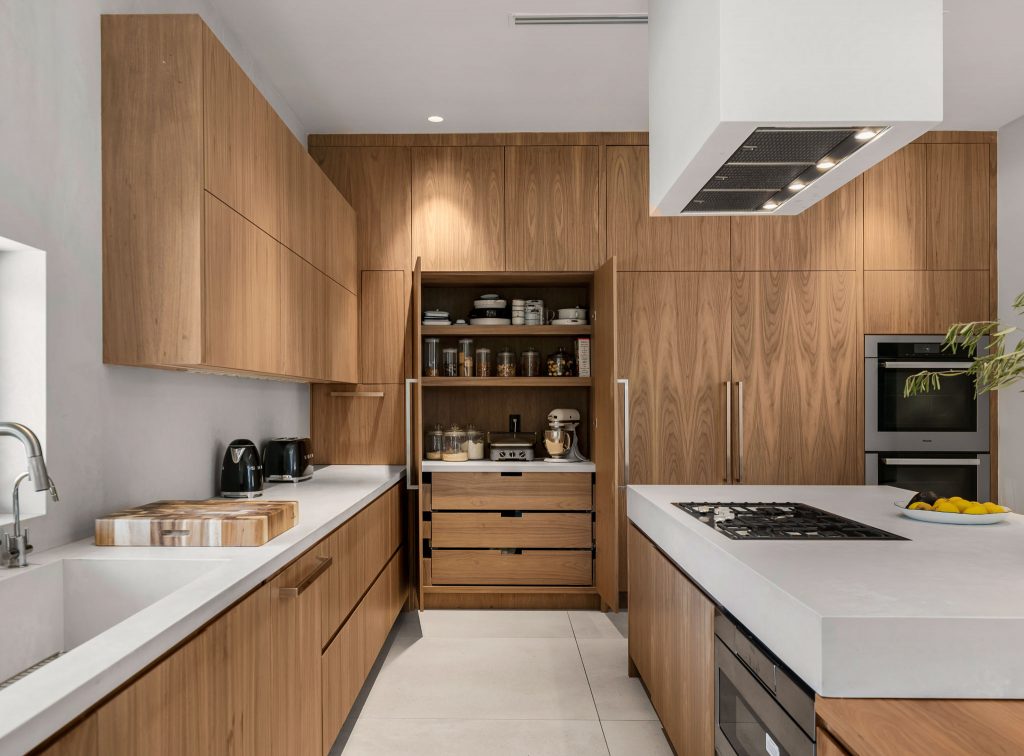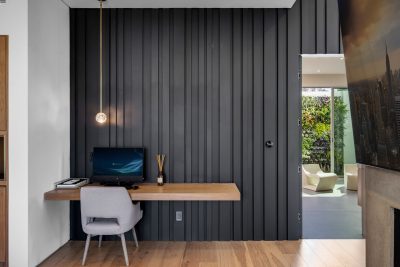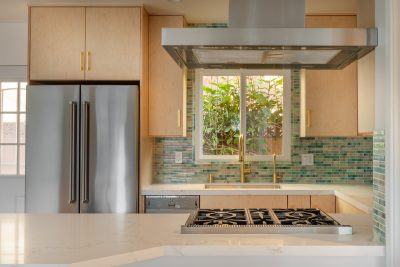
SB-897: California’s ADU and JADU Update
November 8, 2023
California’s SB-897: A Deep Dive into the Future of Accessory Dwelling Units
California’s housing legislation, SB-897, is transforming the residential landscape, offering streamlined paths to develop Accessory Dwelling Units (ADUs) and Junior Accessory Dwelling Units (JADUs). Let’s unpack the components of this pivotal bill.
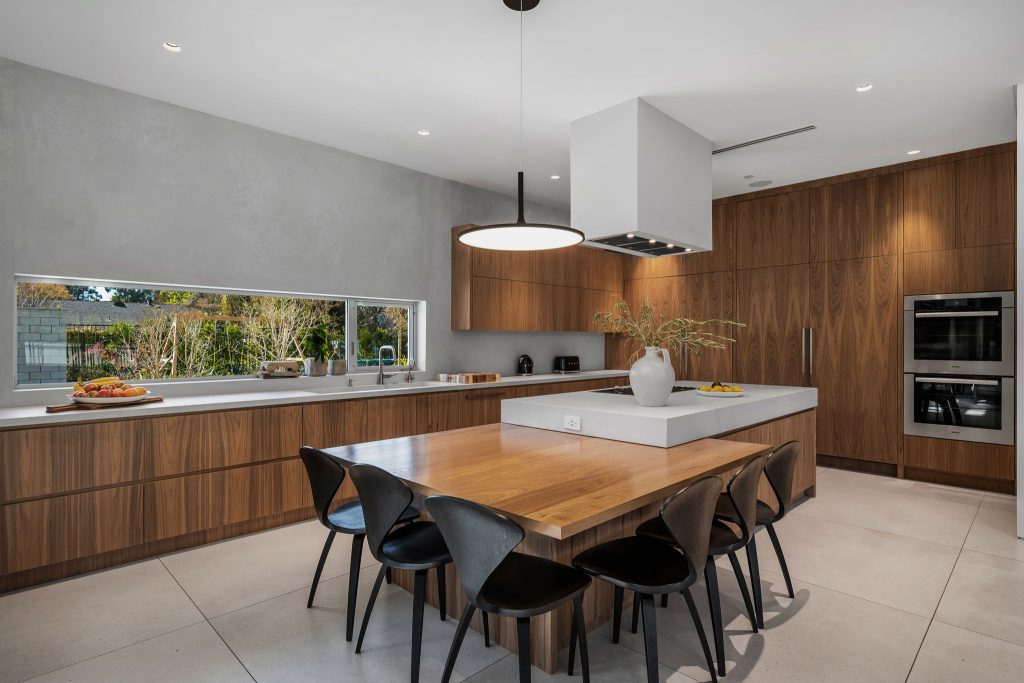
Clarifying ADU Development Standards
SB-897 brings clarity to ADU development by defining “objective standards.” These are clear, measurable criteria devoid of personal interpretation, ensuring fair and consistent application across the board. This change seeks to prevent arbitrary decisions that could hinder ADU development.
Demystifying the Approval Process with SB-897
The bill advocates for the rights of homeowners and developers by preventing local agencies from denying ADU applications based on non-compliant zoning or pre-existing code violations, provided they don’t pose health and safety risks. This approach significantly reduces red tape, promoting more ADU construction.
Adjusting to Urban Needs: Height and Proximity
SB-897 acknowledges the diverse urban profiles of Californian cities. It adjusts height restrictions for ADUs to accommodate various environments, especially recognizing the importance of building within transit-friendly areas. This adjustment not only optimizes land use but also supports environmental and transportation goals.
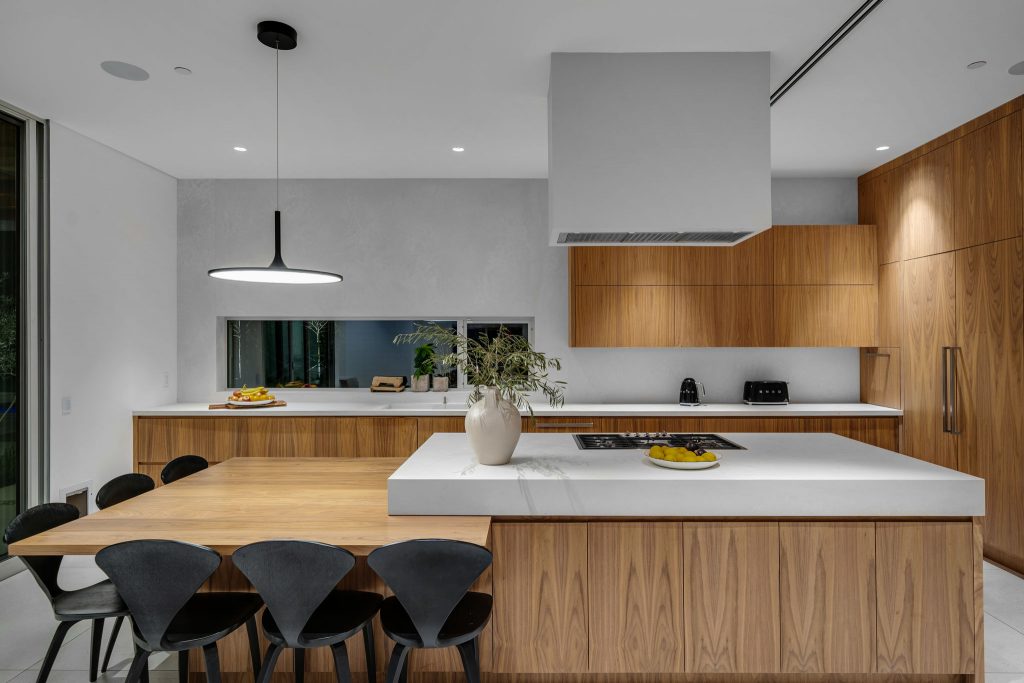
Height and Location Adjustments with SB-897
The bill adjusts height limitations for ADUs. If an ADU is near transit stops or part of a multifamily lot, the maximum height can be 18 feet, or even 25 feet if it’s attached to the primary residence. These provisions make ADUs more flexible and functional, catering to different urban landscapes and housing needs.
Streamlining Parking and Demolition Requirements
Parking requirements can often stall development. The new law exempts ADUs from additional parking standards if certain conditions are met, such as proximity to public transit. This exemption alleviates the strain on homeowners while encouraging the use of alternative transportation.
The demolition process is also simplified. The bill allows homeowners to demolish a garage without additional notices if it’s to be replaced by an ADU, saving time and simplifying the approval process.
Setting a Clear Timeline for Permit Approvals
Local agencies now have a 60-day window to approve or deny ADU and JADU applications, with the requirement to provide detailed feedback on any rejections. This clear timeline ensures that homeowners and developers can plan effectively and receive timely responses from authorities.
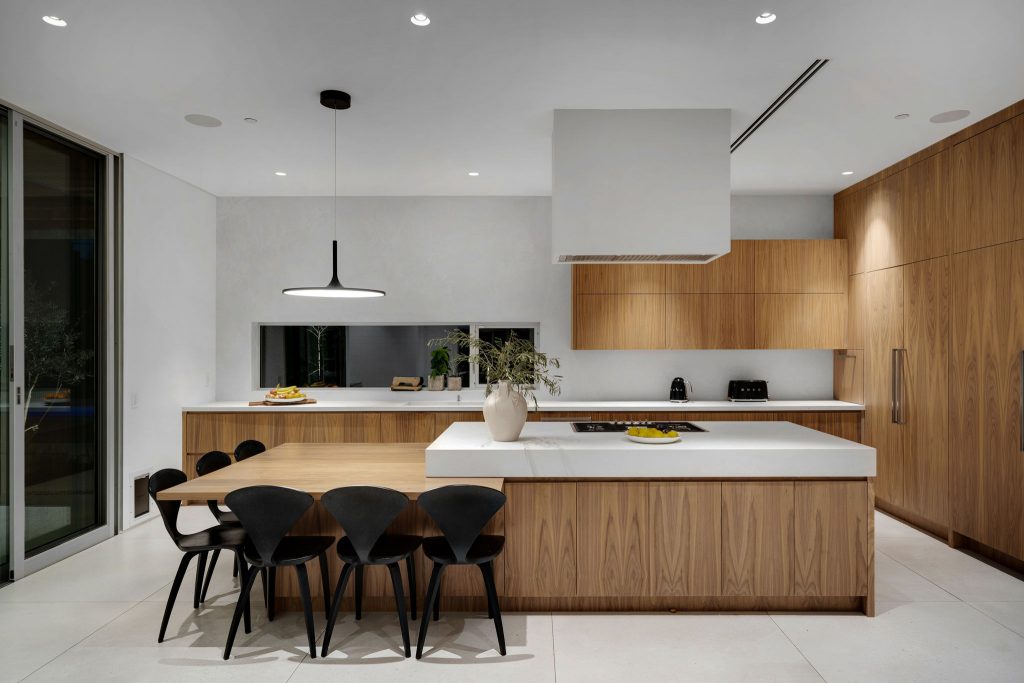
Fire Safety and Building Code Considerations
In an important move for homeowner affordability, the construction of an ADU will not lead to a reclassification for fire code purposes, nor will it automatically trigger the need for fire sprinklers, unless the main residence requires them. This provision avoids unnecessary expenses for homeowners.
Financial Aspects: Impact Fees and Utility Connections
The bill provides a financial reprieve by waiving impact fees for ADUs smaller than 750 square feet. For larger units, fees are proportionate to the primary residence’s size. Furthermore, utility connections for certain ADUs won’t require new or separate connections, which will be a significant cost saver.
Ensuring Transparency and Oversight
Finally, SB-897 ensures that grant programs related to ADU construction are transparent and accountable. This includes providing funding for predevelopment costs and requiring annual reporting to the Legislature, promoting responsible use of funds and program effectiveness.
Looking Ahead for SB-897
As California grapples with housing shortages, SB-897 represents a progressive step toward creating affordable housing options. By removing barriers and streamlining processes, this bill paves the way for a more dynamic and inclusive housing market. It is an assertive move by California to address its housing needs head-on, and other states will be watching the outcomes closely.
Conclusion
In essence, SB-897 is a game-changer for Californians looking to expand their housing options. It responds to the urgent call for more housing units while respecting the need for safety, community integration, and responsible urban planning. With these new regulations in place, the state hopes to see a rise in ADU development, contributing to a diversified and accessible housing market.
